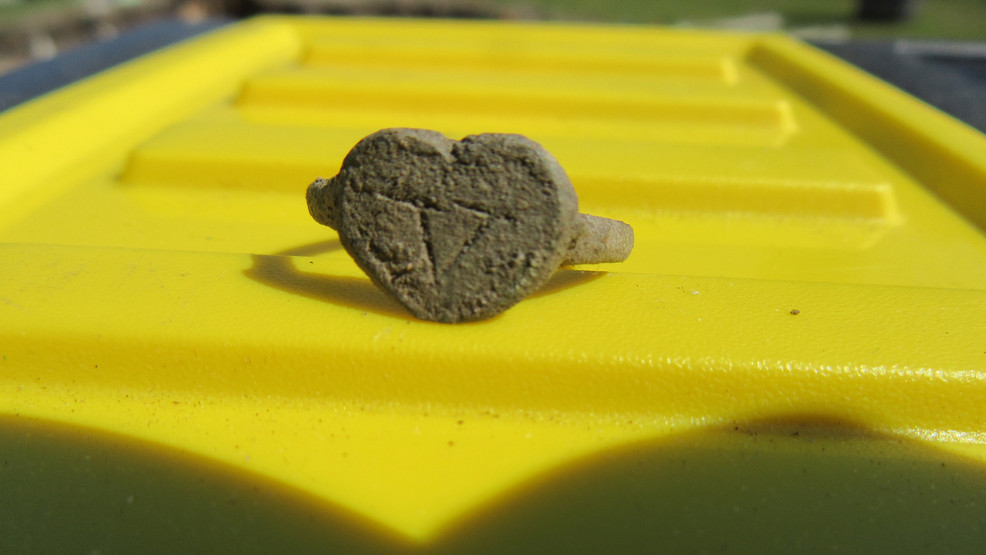Eighteenth-Century Artifacts Uncovered in Michigan
Excavators working at Mackinac State Historic Parks have uncovered a heart-shaped ring, a sleeve button made of glass or crystal, a gunflint, a plain pewter button, a plain brass button, and part of a bone knife handle at the site of a house at Colonial Michilimackinac, a fort first established by French traders and missionaries on Mackinac Island.

Researchers discovered what seems to be an intaglio bottle, or perhaps the quartz, jacket ring, according to Dr. Lynn Evans, curator of archaeology for Mackinac State Historic Parks
“We are not sure who the figure is, but it appears to be a Classical figure, which might have appealed to an educated man of the eighteenth century.
It was found in what we believe to be the second cellar of the house, where we have been finding British-era artifacts.

We have found other intaglios at Michilimackinac, including another one at this house, but the others have all been round and appear to have been busted in the style of the eighteenth century.
An intaglio glass, or possibly crystal, sleeve button (cuff link) was also found during one of the first archaeological digs of the 2020 season at Colonial Michilimackinac. (Mackinac State Historic Parks)
Archaeologists also found a gunflint, a plain pewter button, and part of a bone handle from a knife in the root cellar in House E of the Southeast Rowhouse.
Along with the findings, two horizontal planks, perhaps the floor, are starting to be exposed, said Evans.
A plain brass button and an intact heart-shaped trade ring have also been exposed in the same area.
The archaeological dig at Michilimackinac began in 1959, making it one of the longest-running archaeology programs in North America. House E was first occupied by Charles Henri Desjardins de Rupallay de Gonneville, and later by an as-yet-unidentified English trader.





